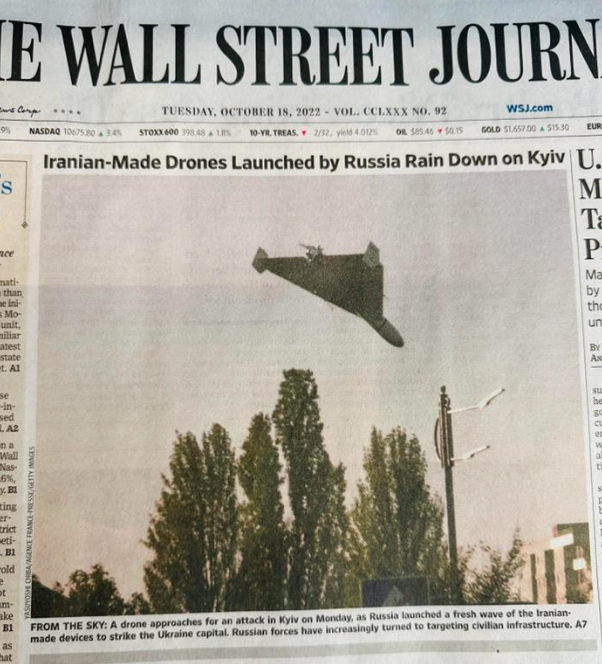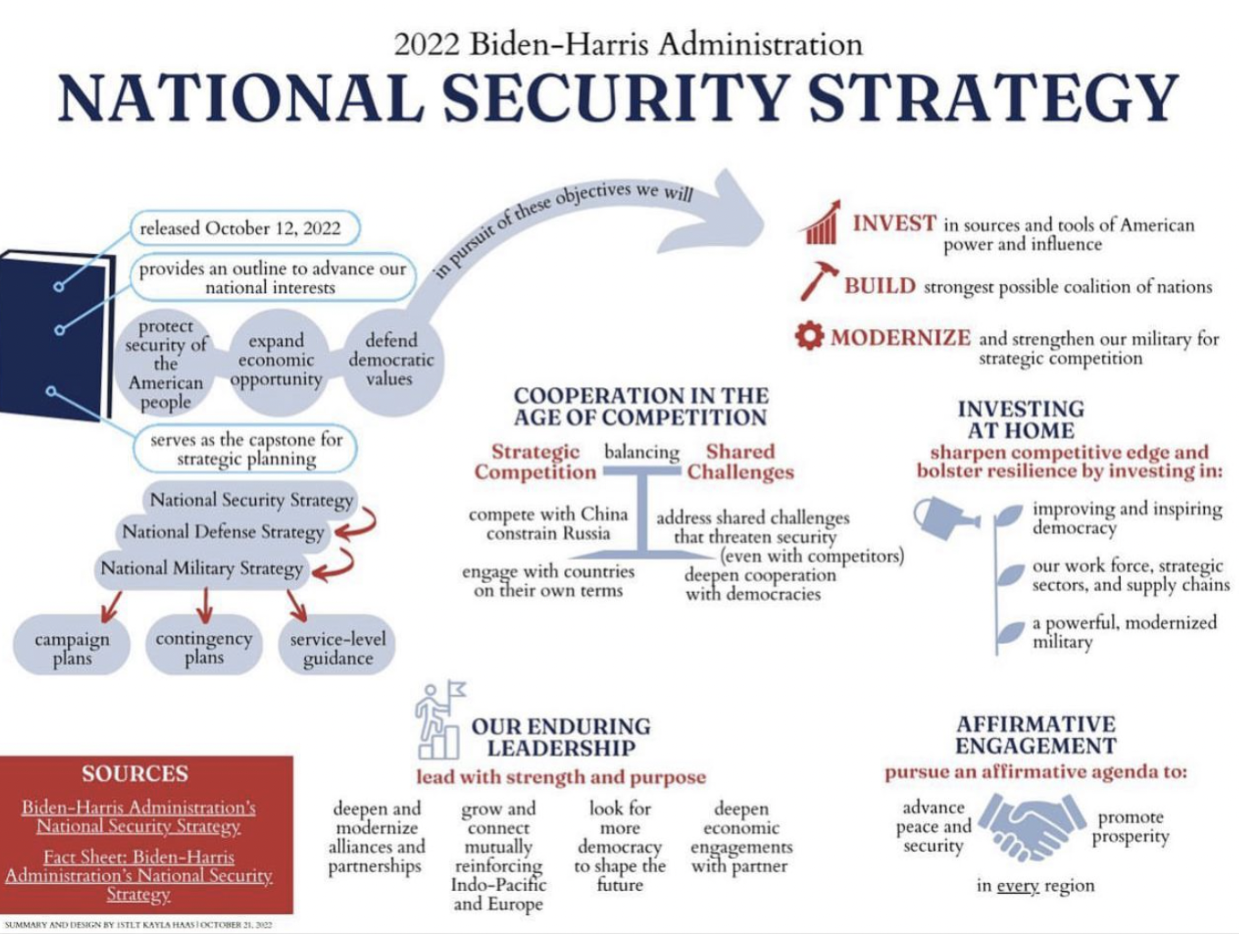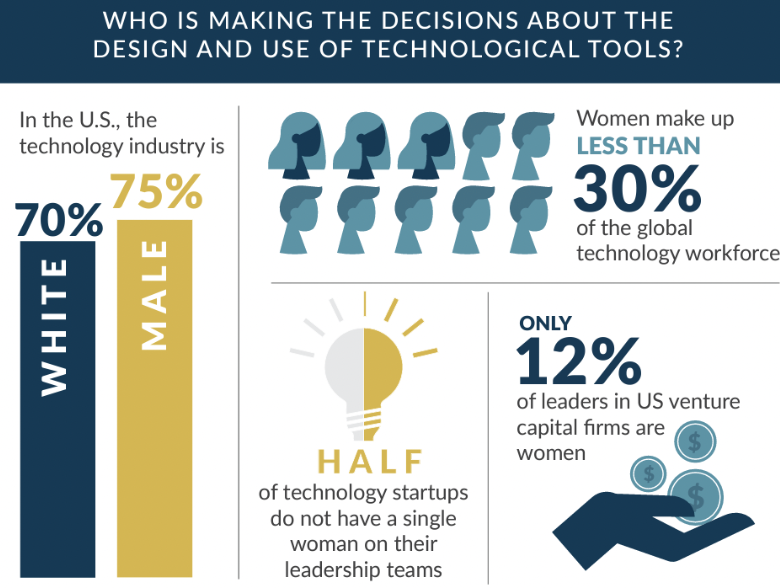
Sarah Petrin, Nonresident Senior Fellow with the Atlantic Council, examines the 2022 U.S. National Security Strategy and its solutions to strategic competition with Russia and China.
Drone Strikes in Ukraine
I was on an early morning flight departing Reagan National Airport in Washington, D.C. when a Wall Street Journal photo caption caught my attention, “Iranian Made Drones Launched by Russia Rain Down on Kyiv.” I stopped dead in my tracks as I saw the image of a drone flying over the Ukrainian airspace.

Having worked in war zones for decades, advising the U.S. military and NATO on ways to reduce risks to civilian safety and security, I knew this moment would come. But I didn’t think it would happen in Ukraine.
The U.S. Government also knew this was going to happen. It was only a matter of time. Adversaries were going to figure out how to replicate drone technology, and they were going to use it against us. The writing was on the wall from the moment Iran captured a U.S. drone flying on a spy mission over its northeast territory of Kashmar in December 2011 (Wikipedia 2022).
The U.S. said that the RQ-170 produced by Lockheed Martin was shot down over Iranian territory, but Iran claimed that their own cybersecurity team were able to take hold of the vehicle and land it. The Christian Science Monitor later reported on how Iranian engineers jammed the drone’s satellite and land control signals to spoof its GPS so the machine would land in Iran (Peterson 2011). Iran was public about its intentions from the moment it captured the drone, with one conservative lawmaker saying Iran was going to use it to “target all U.S. military bases around the world” (Peterson).
The U.S. drone captured by Iran was nicknamed “The Beast,” and it permitted the U.S. to monitor the whereabouts of Osama Bin Laden in Afghanistan and Pakistan (Peterson 2011). Now, Russia is using the same technological advancements to terrorize civilian populations. How do we make sense of this? Let’s look at how the new U.S. National Security Strategy sees this era of Great Power Competition spurred by technological advancements and cybersecurity.
The new U.S. National Security Strategy 2022
The Biden Administration released its first U.S. National Security Strategy several days before the Russian drone strike took place. In my earlier blog on Changing the U.S. Relationship with Russia, I pointed out that the national security strategy was under final review when the Ukraine war started, prompting policymakers to go back to the drawing board. When I read the U.S. National Security Strategy (U.S.-NSS), I had a few questions in mind; such as, how does the strategy account for the human dimension of conflict, and is there anything missing that should be in there?
At first glance, the U.S.-NSS released by the Biden Administration has all the components you would expect; a focus on investing in the U.S. combined with building a coalition of nations to address threats while modernizing the military. The White House U.S.-NSS Fact Sheet highlights other key aspects of the strategy below.

The strategy recognizes that the human impact of conflict and disasters cannot be ignored and are central to our security strategy. It lays out the need to advance international cooperation on transnational challenges such as pandemics like COVID and the impact of climate change.
It further states that: “People all over the world are struggling to cope with the effects of shared challenges that cross borders—whether it is climate change, food insecurity, communicable diseases, terrorism, energy shortages, or inflation. These shared challenges are not marginal issues that are secondary to geopolitics. They are at the very core of national and international security and must be treated as such” (White House 2022).
The strategy continues to explain that, in addition to the shared challenges mentioned above, the risk of conflict between major powers is increasing. It describes global competition as an ideological race between democratic and autocratic forms of government. See more below:
“Democracies and autocracies are engaged in a contest to show which system of governance can best deliver for their people and the world. Competition to develop and deploy foundational technologies that will transform our security and economy is intensifying” (White House 2022).
When it comes to understanding the nature of the threat posed by Russia and China, and our policy options for addressing global competition, this is where I begin to wonder, does the administration have all the answers?
The strategy clearly outlines the economic, social, and political threat that autocracies present. In reference to China, the strategy gets specific about the tactics used to control the economy:
“…autocratic governments often abuse the global economic order by weaponizing its interconnectivity and its strengths. They can arbitrarily raise costs by withholding the movement of key goods. They leverage access to their markets and control of global digital infrastructure for coercive purposes. They launder and hide their wealth, often the proceeds of foreign corrupt practices, in major economies through shell and front companies. Nefarious actors—some state sponsored, some not—are exploiting the digital economy to raise and move funds to support illicit weapons programs, terrorist attacks, fuel conflict, and to extort everyday citizens (White House 2022).
While recognizing these harmful economic practices from autocratic states and proxy actors, the strategy remains focused on the policy choices of the government to address the threat. Yet, government alone cannot address these problems.
Government policies can shape our response to the nature of this threat, but a “whole of society” approach that mobilizes the public and private sector with the information they need to prevent, recognize, and respond to non-traditional or hybrid threats is sorely needed.
You only need to look at what China is doing to the Uyghur, Muslim minority population to see how dangerous U.S. technological advancements can be if they fall into the wrong hands.
China’s Use of U.S. Technology
The NSS states that the People’s Republic of China (PRC) is a greater threat than Russia due to its “intent to reshape the international order and, increasingly, the economic, diplomatic, military, and technological power to advance that objective” (White House 2022). The strategy further elaborates that the PRC “is America’s most consequential geopolitical challenge.”
China is also using U.S. technological advancements against the ethnic Uyghur population in Xinhjiang province. The New York Times documented China’s efforts to map Uyghur DNA to advance its facial recognition and surveillance tools by using software developed by U.S. companies. Important scientific advancements made in labs in Massachusetts that map the human genome and analyze DNA to confirm a person’s identity could lead to harmful genocidal practices to control China’s ethnic minorities.
One way to stop these harmful practices is to discourage U.S. scientists, researchers, medical and technical companies from doing business in locations with documented human rights abuses. If U.S. companies are going to do business in China, then they should conduct their own risk assessment for how their products could be used. The U.S. Congress took promising steps to regulate U.S. business’ use of forced labor among Uyghurs by passing the Uyghur Forced Labor Prevention Act in 2021 which prevents the importation of goods made from certain parts of China. We need more cooperative efforts like this that bring government regulation and private companies into closer alignment on our national security objectives.
A Reality Check
While the U.S.–NSS offers government solutions to Great Power Competition, what we really need is a whole of society approach that brings the private sector, including the defense industry, scientific community, and technology companies together to recognize the potential threat of U.S. systems to harm to the populations we want to protect. This includes considering how weapons systems and technology might cause harm to civilians, including the persecution of ethnic and religious minorities, injure children, or restrict women’s access to political decision-making processes. Find out more about the system failures in the digital ecosystem, including these facts highlighting that technology sector innovations are largely led by men:

In addition, the U.S. government needs to share more information with the public on how to prevent cyberattacks and recognize disinformation. Increasing this awareness is an important tool for national preparedness. State and municipal governments also need to know how to partner with the federal government to make equitable investments in our critical infrastructure and work collaboratively to achieve our national security architecture.
We can no longer afford to think that U.S. innovations belong to us alone. We cannot be sure that U.S. technological or weapons systems will only be used by democratic allies in tightly controlled scenarios. Private sector investments also have consequences for national security. We can do more to safeguard these from falling into the wrong hands.
Article Details
Published
Written by
Topic
Program
Content Type
Opinion & Insights